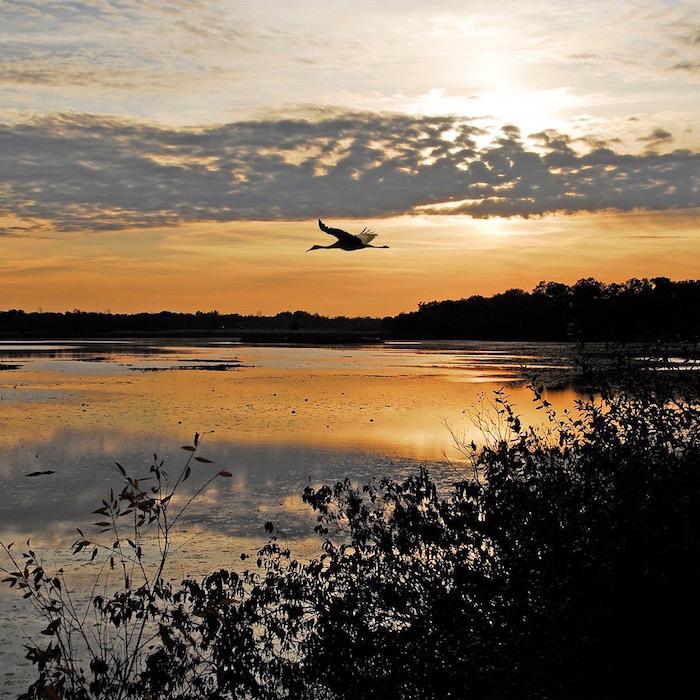
Should Indiana Dunes National Lakeshore be renamed as a national park?/NPS
Since it was authorized in 1966, Indiana Dunes National Lakeshore in Indiana has always been known as a national lakeshore. But now some members of Indiana's congressional delegation think it should be renamed a "national park."
On Wednesday the Senate Subcommittee on National Parks will consider their legislation. In doing so, the politicians note that as long ago as 1916 there was a suggestion that within that area there be a Sand Dunes National Park established.
In further justifying the name change, the proposed legislation notes that the Great Lakes form the largest freshwater system on Earth, that Lake Michigan is the second largest Great Lake by volume, that the southern shore of Lake Michigan includes some of the most geologically and biologically diverse areas in the United States, that the “Indiana Dunes” were formed over a period of 12,000 years by natural forces, including glaciers, wind, and water, and that Indian tribes, including the Miami and Potawatomi Indian tribes, inhabited the Indiana Dunes region for over 10,000 years.
The legislation also points out that "local conservation efforts to preserve the Indiana Dunes began as early as 1899 when Henry Cowles, a botanist from the University of Chicago who is known for being one of the founders of contemporary ecological study and thought, published an article entitled “Ecological Relations of the Vegetation on Sand Dunes of Lake Michigan” in the Botanical Gazette, bringing international attention to the intricate ecosystems on the Indiana Dunes. On October 30, 1916, 1 month after the establishment of the National Park Service, Stephen Mather, the first Director of the National Park Service, held hearings in Chicago, Illinois, to gauge public sentiment on establishing a large portion of the southern shore of Lake Michigan as one of the first national parks in the United States, to be known as the “Sand Dunes National Park."
However, Mather's plans were interrupted because the United States entered World War I and national focus shifted away from national parks to national defense.
The measure is scheduled to be considered when the subcommittee meets Wednesday at 4 p.m. local time.

 Support Essential Coverage of Essential Places
Support Essential Coverage of Essential Places







Comments
So, Bill. You say:
"So as to cost, I would say $5M conservatively, to pay for the research, change of signage, probably increase in staff salaries, etc.. Interesting how when it is in their own back yard Senators suddenly want a National Park designation."
How many signs need to be changed? What is the current staff salaries? Which staff will you be increasing and how many of each type? Are there any facts behind your W.A.G.? How much of your projection is your own conjecture and how much is real world?